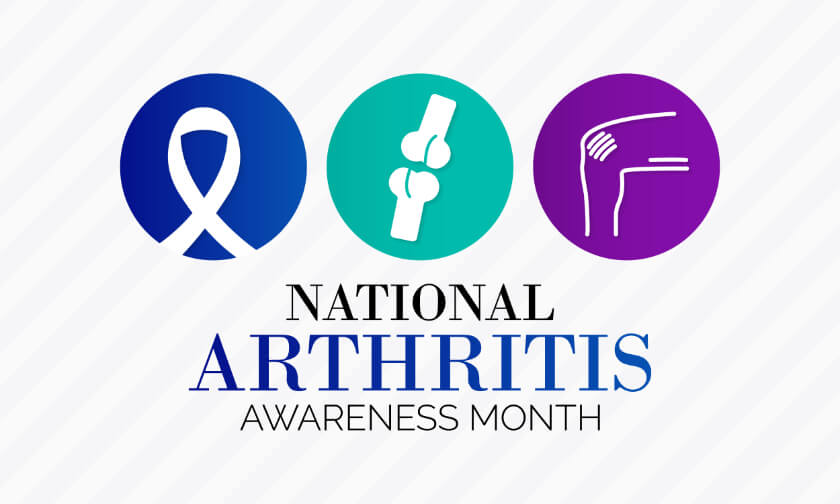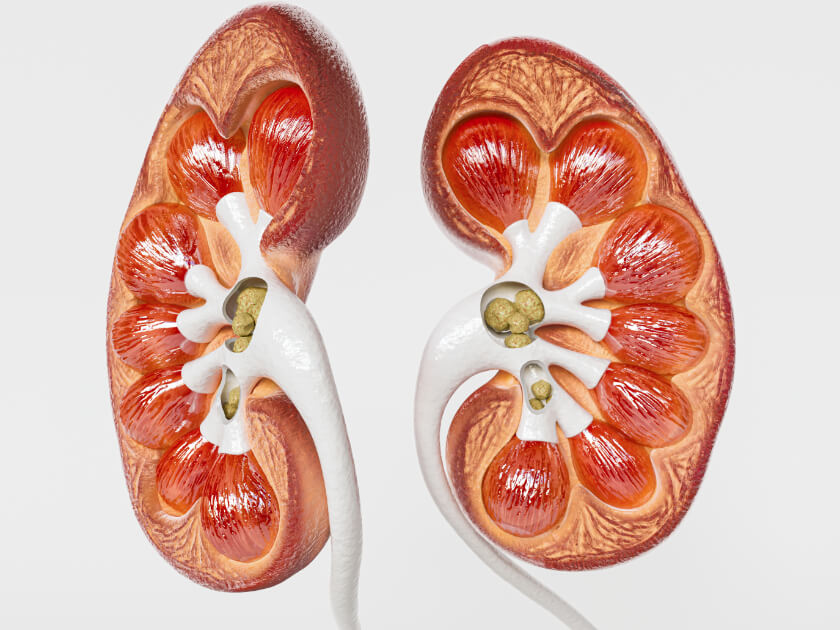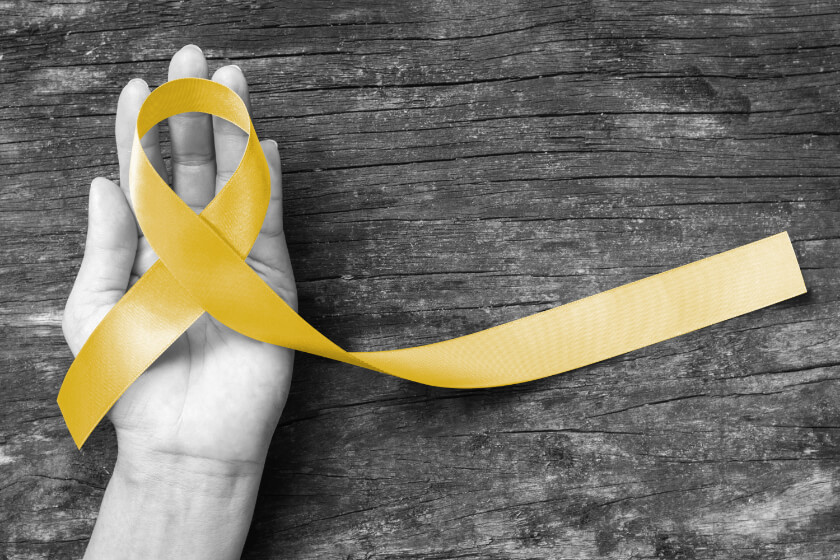What is a thyroid biopsy?
Broadly speaking, a biopsy is a sample of tissue that is removed from an area of your body so it can be evaluated in a lab for signs of disease. Different types of biopsies are available depending on where the tissue is located. In a thyroid biopsy, a very thin, fine needle is used to remove or “aspirate” a small sample of cells located inside your thyroid, a butterfly-shaped gland in the front of your neck. The thyroid is involved in regulating an array of processes, including metabolism, the way your body derives, uses and stores energy.
When is a thyroid biopsy performed?
Thyroid biopsies are typically performed after a diagnostic imaging test like an x-ray or CT scan has identified an abnormal growth or lump in or on the gland. Sometimes, growths in the thyroid are caused by cancer, but there are many other medical conditions that can cause abnormal lumps to form, including infections and inflammation. Benign (non-cancerous) tumors and cysts may also form in the thyroid gland, and a biopsy can be used in these cases to rule out cancer and to identify the type of cells that comprise the cyst.
What is the procedure like?
A thyroid biopsy uses ultrasound to guide the needle placement so the biopsy sample can be aspirated from the appropriate area of the thyroid. During the procedure, you’ll lie on your back on the exam table with your head tilted slightly backward to expose your throat. The skin above the thyroid gland will be carefully cleansed. In some cases, you may have a local anesthetic injected to numb the skin, and in a very few cases, a sedative may be provided. In most cases though, neither of these steps is necessary. A small amount of gel will be placed on your neck and an ultrasound handpiece or transducer will be pressed against your neck so images of the gland can be clearly transmitted to a special viewing screen.
Using these images for guidance, the aspirating needle will be directed into the area of the gland to be biopsied, a small amount of tissue will be extracted and the needle will be removed. Biopsies are often taken from more than one area of the gland, each time using a clean needle to aspirate the tissue. You will not be allowed to talk, swallow or cough during the procedure. Once the procedure is completed, pressure will be used to prevent bleeding and a small bandage may also be placed over the aspiration sites. In most cases, you’ll be able to resume your normal activities within a few hours, and any minor discomfort you may feel can be relieved with over-the-counter pain medication.
Image-guided thyroid biopsies are an extremely accurate method for determining if a lump in your thyroid may be cancerous. RAI radiologists are trained in needle biopsy techniques, so you can feel confident in the procedure and in your results. To learn more or to schedule an appointment, call 609-585-8800.





